The data and models suggested there would be convection from the San Francisco Peaks northward to Grand Canyon and into far northwestern Arizona. At best, however, these would be weak storms and would probably dissipate by late afternoon. With that in mind, I headed to the south rim of Grand Canyon. And the models were right about both the location and weak character of the storms. After shooting for a short time I left well before sunset.
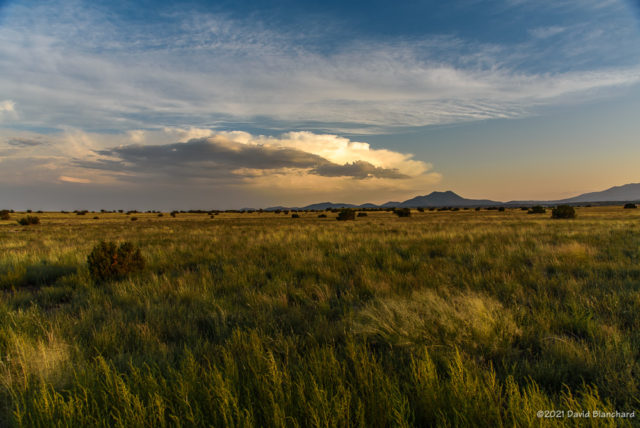
As I was leaving, radar data showed a strong storm well to the southeast of Flagstaff. Leaving Grand Canyon National Park, I was able to see the storm in the distance and hoped I might get a few good photos at sunset. I stopped at Wupatki National Monument to take a few photos just as the sun was dropping behind the hills to the west. A moment later, I saw a flash of lightning. Then another…and another. These flashes were almost 40 miles away but were clearly visible.
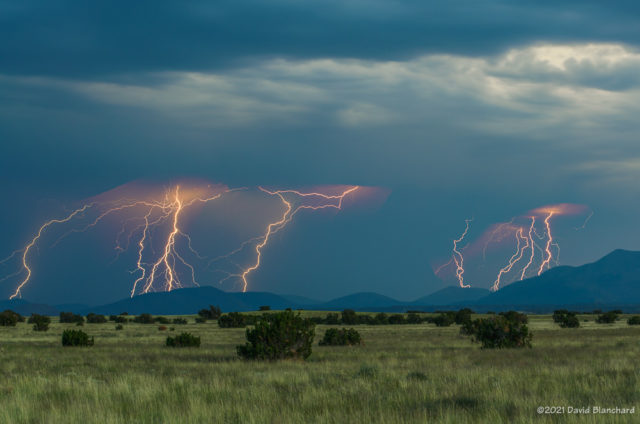
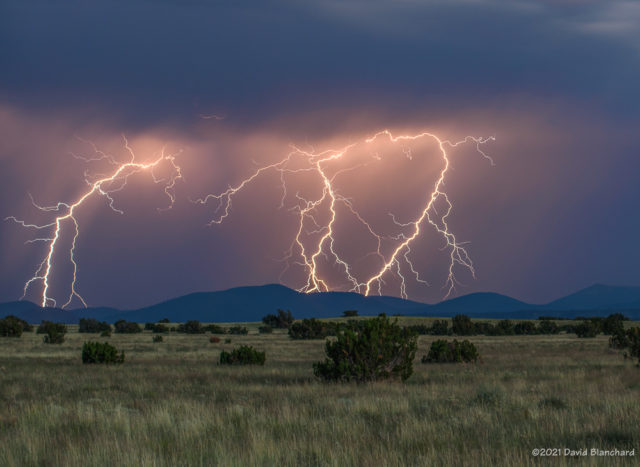
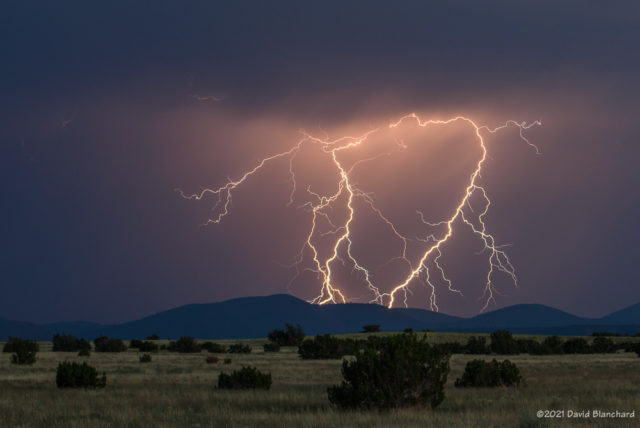
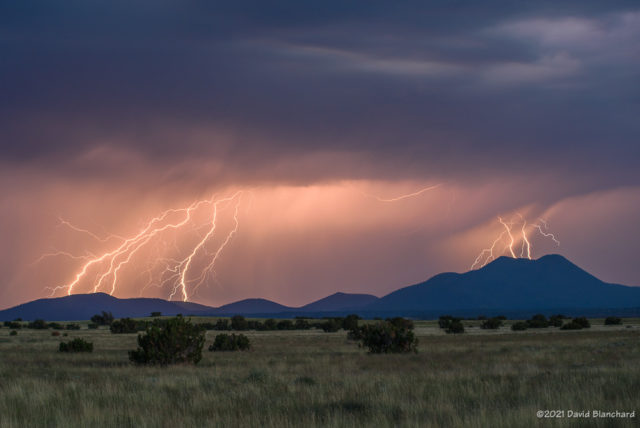
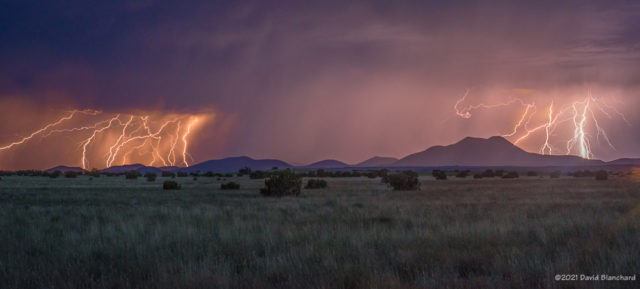
I spent the next 90 minutes shooting lightning photos from this spot. The storm was moving towards me and the lightning bolts were getting closer, larger and brighter. There were lots of cloud-to-ground strokes with multiple branches and leaders lighting up the sky. Because these lightning bolts were south of the San Francisco Peaks and the Cinder Hills, there are no photos showing the bolts in contact with the ground.
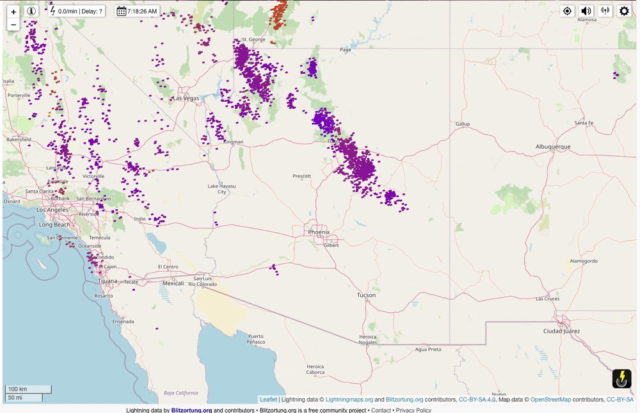
Above is a plot of 24-hour lightning ending the morning of 10 September 2021. There are two distinct clusters of lightning around the San Francisco Peaks. The cluster to the northwest occurred during the afternoon. Many of these were visible from the South Rim of Grand Canyon. The cluster to the southeast of the San Francisco Peaks occurred during twilight.
And what of the time spent at Grand Canyon? Yeah, this is what I saw.
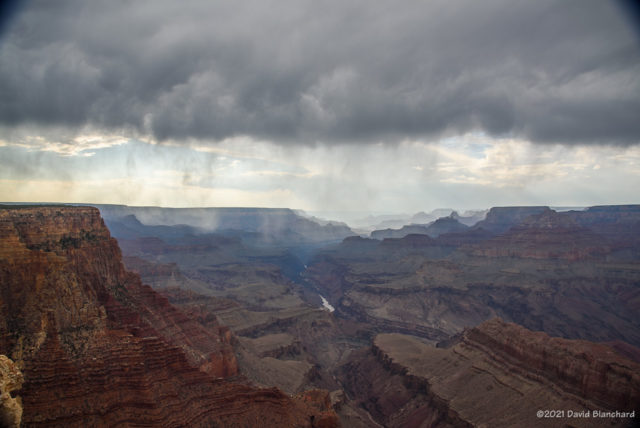
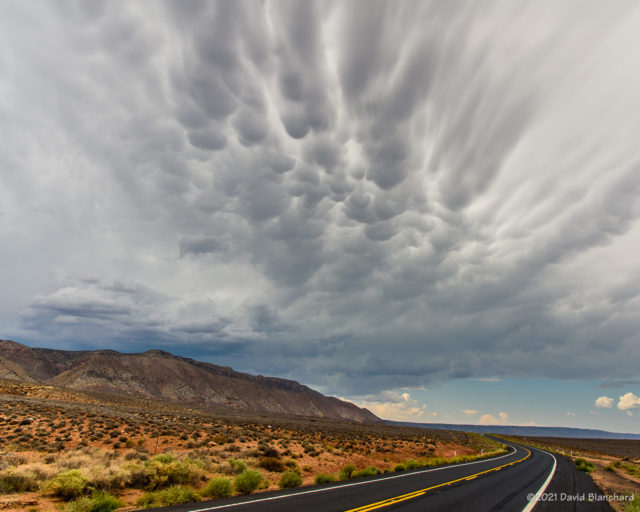
Glad I left early and caught the second act.